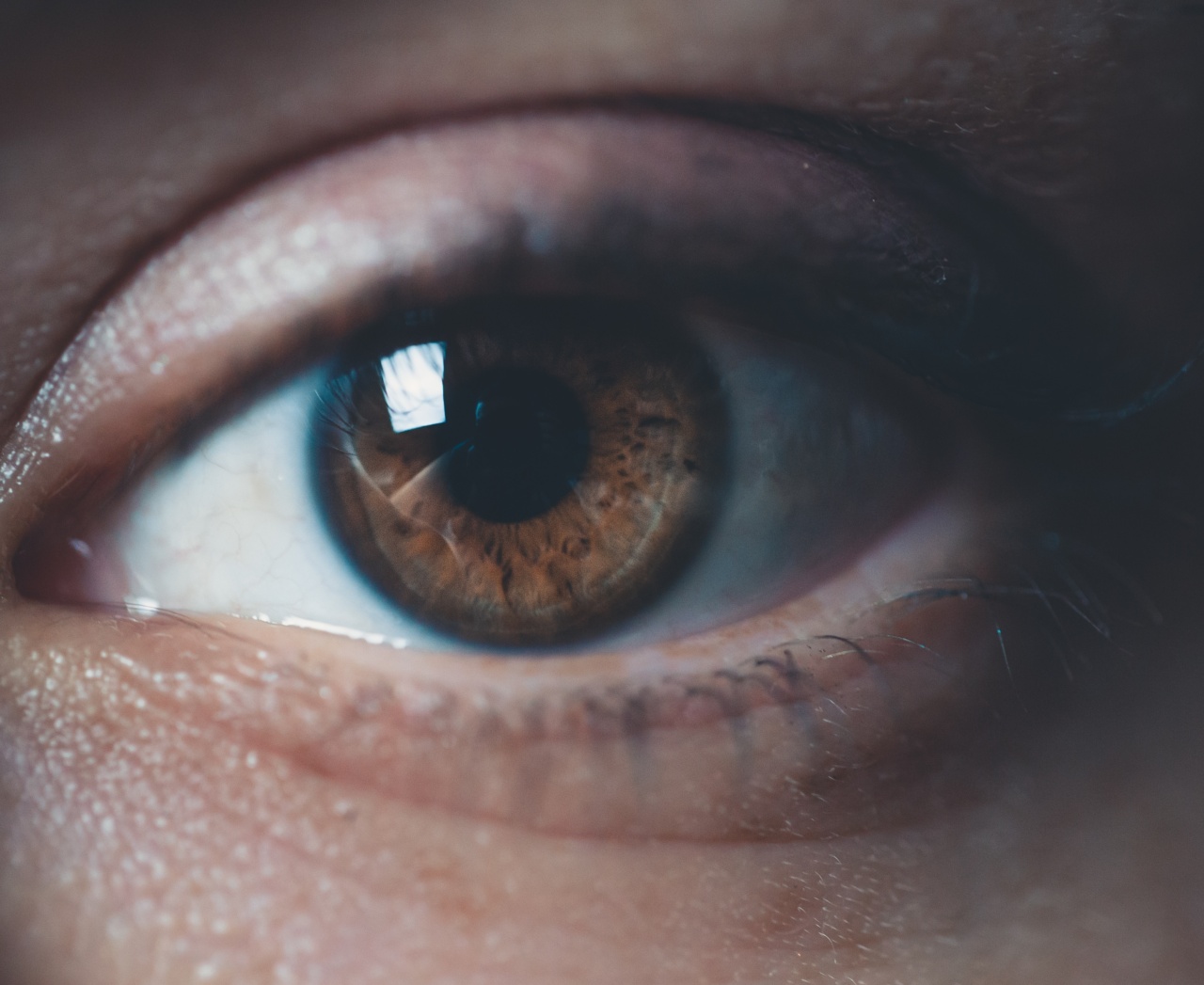When it comes to eye diseases, women face a higher risk of certain conditions. According to the National Eye Institute, two-thirds of people who are blind or visually impaired in the world are women.
This is due to a number of factors, including hormones, age, and genetics.
Cataracts
Cataracts are a common eye disease that can impact both men and women. However, women are more likely to develop cataracts than men. In fact, women are two times more likely to develop cataracts than men.
This is largely due to hormonal changes that occur during menopause. Cataracts occur when protein builds up in the eye’s lens, leading to clouding of vision. Symptoms include blurred or hazy vision, increased sensitivity to glare, and double vision in one eye.
Treatment for cataracts includes surgery to remove the clouded lens and replace it with a new, artificial lens.
Glaucoma
Glaucoma is a group of eye diseases that damage the optic nerve, leading to visual impairment or blindness if left untreated. Women are more likely to develop glaucoma than men, and the risk increases with age.
Symptoms of glaucoma include loss of peripheral vision, blurred vision, and halos around lights. Treatment for glaucoma includes prescription eye drops and/or surgery to lower intraocular pressure.
Dry Eye Syndrome
Dry eye syndrome is a condition where the eyes do not produce enough tears or the tears evaporate too quickly, leading to dry, itchy, and irritated eyes. Women are more likely to develop dry eye syndrome than men, especially after menopause.
Other risk factors include certain medications, contact lens use, and certain medical conditions such as arthritis and Sjogren’s syndrome. Treatment for dry eye syndrome includes over-the-counter or prescription eye drops, as well as lifestyle changes such as increasing humidity and avoiding drafts.
Macular Degeneration
Macular degeneration is a condition that affects the macula, a small area in the center of the retina that allows us to see fine details. It is the leading cause of blindness in people over the age of 60.
Women are more likely to develop macular degeneration than men, and the risk increases with age. Symptoms include blurry or distorted vision, difficulty reading, and difficulty recognizing faces. Treatment for macular degeneration includes prescription medications and/or surgery to slow down or stop the progression of the disease.
Diabetic Retinopathy
Diabetic retinopathy is a complication of diabetes that affects the blood vessels in the retina. Women with diabetes are more likely to develop diabetic retinopathy than men with diabetes. Symptoms include floaters, blurred vision, and vision loss.
Treatment for diabetic retinopathy includes controlling blood sugar levels, controlling blood pressure and cholesterol levels, and laser surgery to seal leaky blood vessels and reduce swelling in the retina.
Blepharitis
Blepharitis is a condition where the eyelids become inflamed, leading to redness, swelling, and itching. Women are more likely to develop blepharitis than men. Symptoms include crusting or flaking of the eyelids, sensitivity to light, and blurred vision.
Treatment for blepharitis includes cleaning the eyelids with warm water and gentle soap, using warm compresses, and prescription medications if necessary.
Uveitis
Uveitis is a condition where the uvea, the middle layer of the eye, becomes inflamed. Women are more likely to develop uveitis than men. Symptoms include eye redness, pain, and sensitivity to light.
Treatment for uveitis includes prescription eye drops and/or oral medications to reduce inflammation and manage pain.
Pterygium
Pterygium is a non-cancerous growth that forms on the conjunctiva, the clear membrane that covers the white part of the eye. Women are more likely to develop pterygium than men.
Symptoms include redness, irritation, and a feeling of a foreign object in the eye. Treatment for pterygium includes artificial tears, steroids, lubricating ointments, and surgery if necessary.
Retinal Detachment
Retinal detachment is a serious and potentially sight-threatening condition where the retina, the thin layer of tissue at the back of the eye, pulls away from the underlying tissue. Women are more likely to develop retinal detachment than men.
Symptoms include seeing flashes of light, floaters, and a sudden loss of vision. Treatment for retinal detachment includes surgery to reattach the retina to the underlying tissue.
Astigmatism
Astigmatism is a common vision problem that occurs when the eye’s cornea or lens is irregularly shaped, leading to blurry or distorted vision. Women are more likely to develop astigmatism than men.
Symptoms include blurred or distorted vision, headaches, and eye strain. Treatment for astigmatism includes prescription eyeglasses, contact lenses, or refractive surgery to correct the shape of the cornea or lens.





























